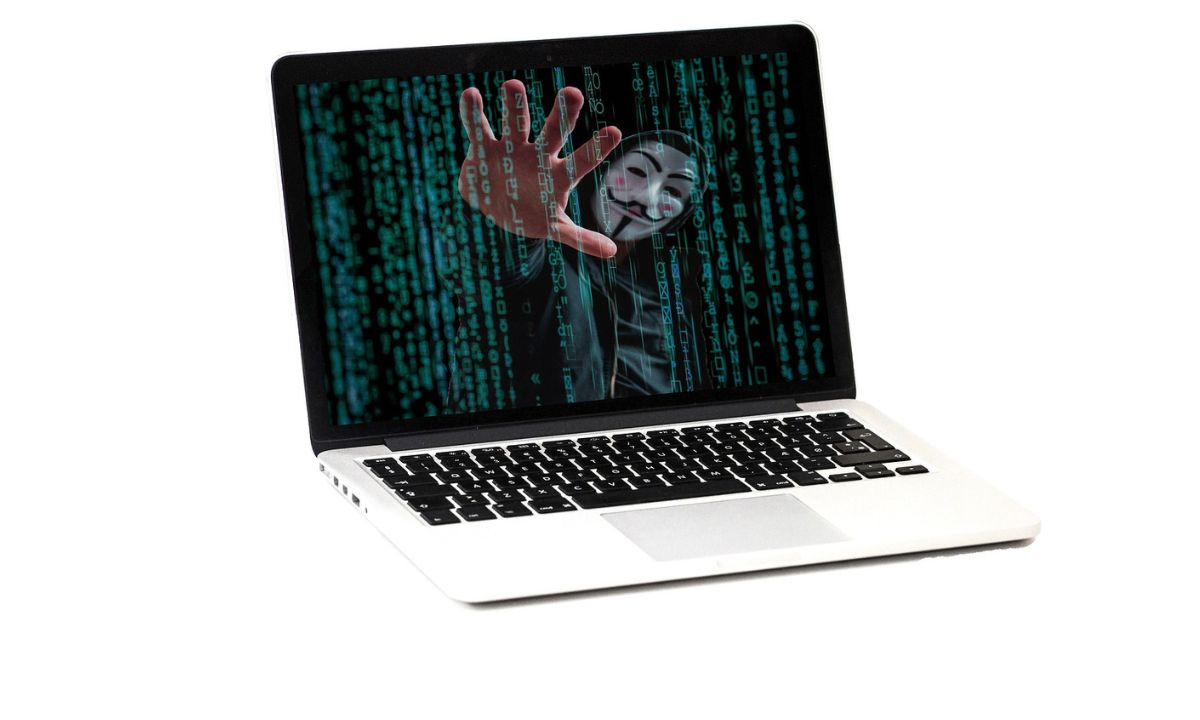If your firewall is compromised, immediately disconnect affected systems from the network to contain the breach. Perform a comprehensive security assessment to detect weaknesses, resolve them, and refresh user passwords. If necessary, restore backups, update firewall configurations, and monitor for suspicious activity. Strengthen your security protocols to stop such assaults.
Understanding the Immediate Threat
A firewall hack can be a frightening experience, significantly compromising your network’s security and exposing sensitive information to potential theft. Identifying the immediate threat and understanding the possible ramifications are critical first steps in addressing the issue. Recognizing the signs of a hack promptly can help mitigate damage and protect your organization from further harm. According to a Fortinet community thread about mitigating firewall hacks, users often experience sudden unexplained network slowdowns, unusual login attempts, and unauthorized changes in system settings, which are clear indicators of a potential breach. Recognizing these signs early can prevent further unauthorized access and help contain the threat effectively.
Vigilance and education about common firewall hack symptoms are crucial for a well-informed team to identify and respond to potential breaches quickly. At the same time, real-time threat detection systems can help detect hacking attempts and safeguard digital assets.
Steps to Take Immediately
- Disconnect Affected Systems: To prevent unauthorized access, isolate compromised systems immediately by physically unplugging network cables, temporarily turning off wireless connections, and blocking internet access. This will prevent the hacker from entering your network and spreading harmful activities to other areas.
- Change Passwords and Credentials: To ensure secure passwords, use complex combinations of characters and avoid simple ones. Use a robust password manager for safe storage. Regularly update administrative, user, and shared credentials to prevent unauthorized access. Consider implementing multi-factor authentication for additional security.
- Assess Damage: A comprehensive audit is necessary to identify and address a breach, often involving forensic software to track changes and unauthorized access points. Documentation is crucial for a remediation roadmap and for identifying affected systems and data. Detailed reports and the involvement of cybersecurity professionals can provide deeper insights.
How to Secure Your System Post-Breach
To strengthen and re-secure your network:
- Use cutting-edge security measures such as anti-malware software, frequent system upgrades, and multi-factor authentication (MFA).
- Update your firmware and software often to guard against known vulnerabilities and prevent hackers from exploiting holes in your system.
- Consider installing intrusion prevention systems (IPS) and intrusion detection systems (IDS) to monitor your network for unusual behavior and react to prospective assaults.
These systems provide real-time alerts and take immediate action to prevent breaches. Educate your team about these measures and ensure they follow best practices to create a more secure network environment.
Leveraging Professional Help
Hiring cybersecurity experts can help recover from breaches by providing comprehensive analysis and solutions to address vulnerabilities. They can also develop a strategy to reinforce network defenses and offer routine monitoring and threat detection. Depending on the type of breach and your company’s requirements, experts can provide customized solutions like penetration testing or specific training to prevent such situations. Putting money into expert cybersecurity services may help you avoid, identify, and react to threats better, which can eventually secure your digital assets.
Learning from the Incident
After regaining control, it’s crucial to analyze what happened. Studying the attack vectors and the weak points in your defenses can provide valuable insights, aiding future prevention. A helpful resource can be found in cybersecurity incident reports and studies. For instance, examining the best practices for responding to a data breach can provide strategic guidance for your situation. Understanding the hacker’s methods and tools during the breach can help create more effective defenses. This reflective process can be instrumental in identifying overlooked vulnerabilities and making necessary improvements.
Sharing lessons learned, post-mortem analysis, detailed incident reports, and regular updates to incident response plans can improve security infrastructure, team insights, and preparedness for future attacks.
Consider Regular Security Audits
Frequent security audits help identify potential threats before they can be exploited. Periodically reviewing and updating security protocols will keep your system robust and resilient against future attacks. During these audits, assessing all access points, software updates, and firewall configurations is essential to ensure they are current. Regularly testing your security infrastructure through penetration testing can also reveal hidden vulnerabilities. A proactive approach in conducting these audits strengthens your security posture and boosts overall network hygiene.
To obtain an objective perspective on your security procedures, think about obtaining third-party evaluations in addition to internal audits. External auditors can provide fresh perspectives and identify weaknesses that internal teams might overlook. Regularly scheduled audits and assessments will help you avoid potential threats and ensure your network remains secure and compliant with industry standards.
Boosting Employee Awareness
Human mistakes can sometimes significantly influence security breaches. Regular training sessions and awareness programs can educate employees about cybersecurity best practices, reducing the risk of future incidents. Insights from improving company cybersecurity awareness can be instrumental in shaping these programs. Training should cover phishing, password management, and recognizing suspicious activity. Encouraging a culture of vigilance and responsible online behavior can significantly reduce the risk of accidental security breaches.
A security-conscious culture within an organization enhances compliance with security policies and procedures—employees who understand cybersecurity and feel responsible report suspicious activities. Regularly updating training materials and incorporating real-life scenarios make sessions more engaging and practical, ensuring the team is well-prepared to handle potential threats.
Developing a Response Plan
An efficient, well-organized, and timely reaction to a breach depends on having a well-documented incident response strategy. It should detail each step, including clear roles, responsibilities, communication strategies, and containment and recovery methods. Regular drills and updates ensure the plan remains relevant and adequate. Post-incident reviews refine strategies, while tabletop exercises and simulations improve team skills. The plan should be continuously updated as a living document based on new insights, threats, and technologies. Establishing a detailed and comprehensive plan minimizes the impact of breaches and demonstrates a commitment to maintaining a secure network environment.







